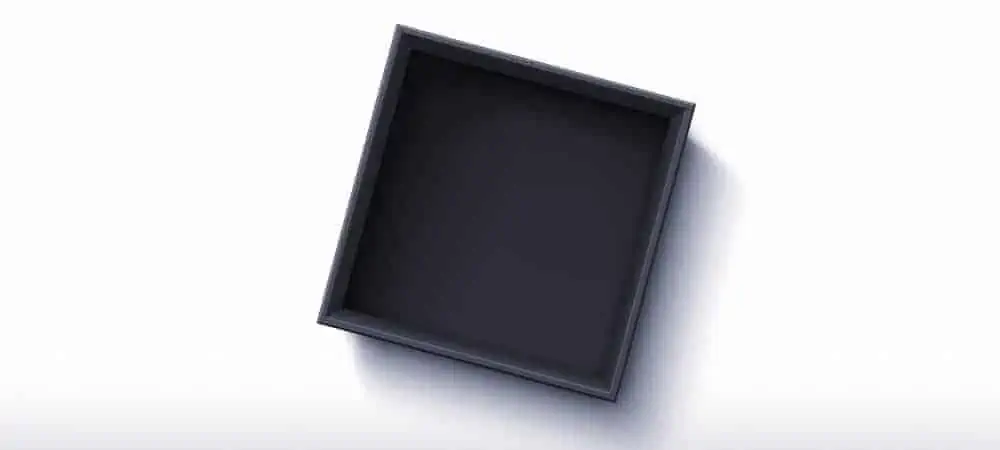S/4 without borders - Think outside the Boxx


The new ERP platform SAP S/4 Hana has now been on the market for three and a half years. Even though many licenses have already been sold, many companies remain hesitant about implementing it.
Companies are wondering where the concrete benefits are - apart from a few new Fiori tiles and a bit more speed - and are shying away from the costs of the transition. However, S/4 Hana does not just mean a new user interface for old processes.
S/4 Hana is the decisive step in developing the ERP system into a fully integrated digital platform. This entails decisive cuts for both the IT strategy and the operational processes.
Opening to the outside
In a paradigm shift, SAP ERP is opening up to other systems, applications and products. With S/4, the guiding idea of an API-driven micro service architecture is entering the SAP world.
Of course, ECC was not a closed system either (keyword EDI and BAPI), but it only offered limited possibilities for opening up to the outside world. S/4 Hana, on the other hand, is an open system that uses standard technologies for data exchange.
However, the greatest advantages of S/4 Hana only arise through integration with the SAP Cloud Platform (SCP). In the future, it will no longer be important whether systems are hosted in the cloud or on-premise. Instead, open interfaces will be used to control data exchange within a hybrid system landscape that is orchestrated via the SCP.
IoT and AI
And this is precisely where the current hypotheticals of the Internet of Things and artificial intelligence come into play. Because in this way, both sensor data and machine learning applications can be easily linked with ERP data - regardless of whether SAP Leonardo or open source technology is used for this purpose.
It will no longer matter whether you draw on machine learning capabilities contained in S/4 or add further insights from external applications: In both cases, the integration will be seamless and stable.
Embedded analytics creates overview
In addition to these strategic considerations, there are also operational reasons for switching to S/4 Hana. While SAP ECC is a document-oriented system, S/4 Hana complements this concept and focuses on controlling the overall process.
Embedded analytics makes it possible for every employee to have a quick and efficient overview of their processes. For example, S/4 Hana contains standard applications to determine whether the supplier delivers on time or whether the customer's payment behavior changes.
With these analyses, SAP creates the basis for a digitized process that runs autonomously and is only checked by the employee for deviations and optimized if necessary.
Micro Manager
The clerk thus becomes a micro-manager who actively drives the company's success and leads processes instead of working through them.
So much for the theory. But how exactly can we imagine this digital core? We are currently researching this with various customers. We are presenting the results of this research with the Allgeier IoT Boxx.
This is a pop-up store integrated into SAP, which attempts to implement new technological developments from the retail sector in an exemplary manner. For example, together with a drugstore, we are testing how electronic shelf labels can offer added value through integration with an IoT platform.
In addition, we are experimenting with fashion advice at digital fitting rooms and the possibility of using digital mirrors to create a more comfortable shopping experience.
The customer should be addressed individually, according to his own style, in order to generate added value compared to pure online retail.









